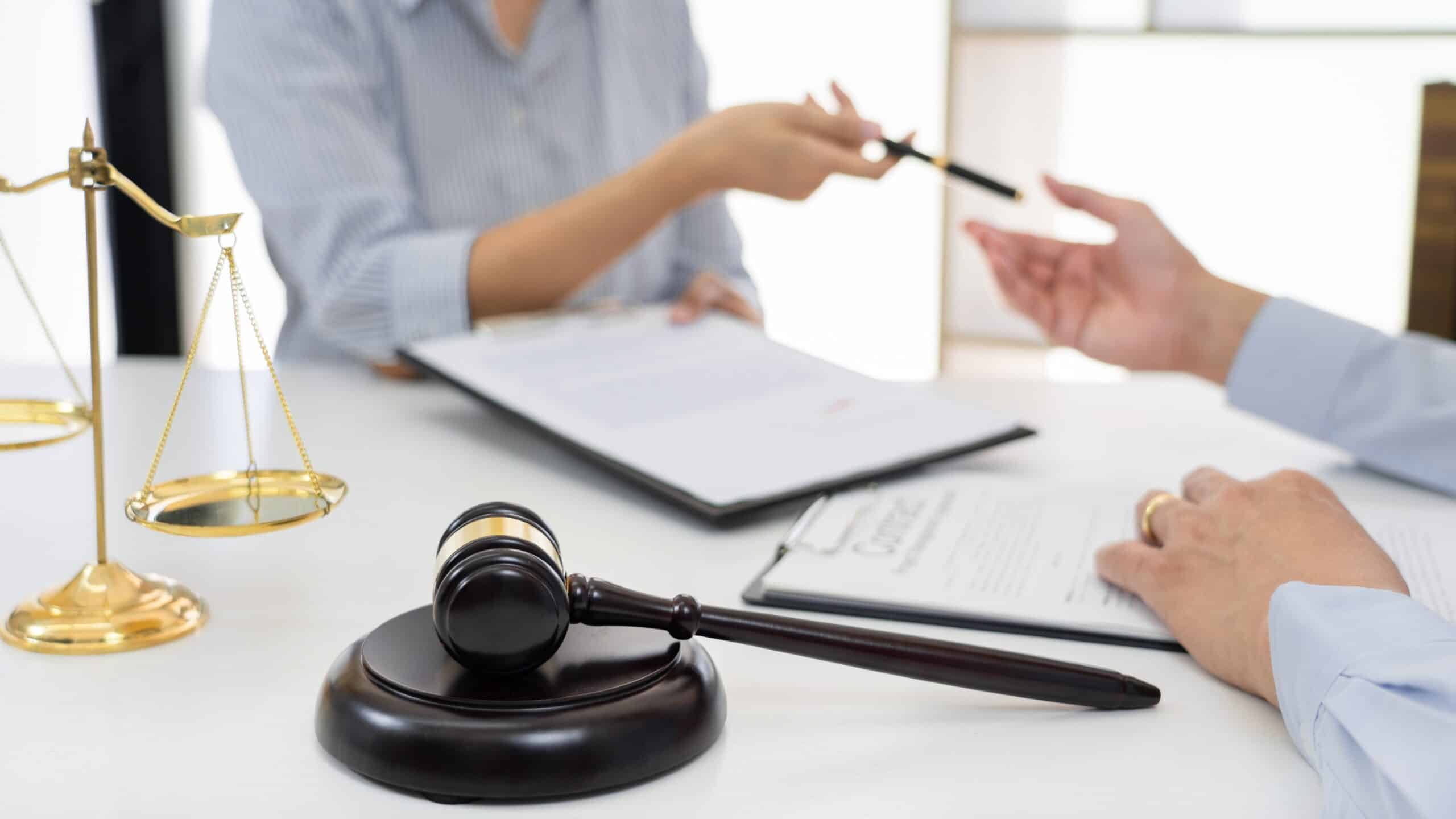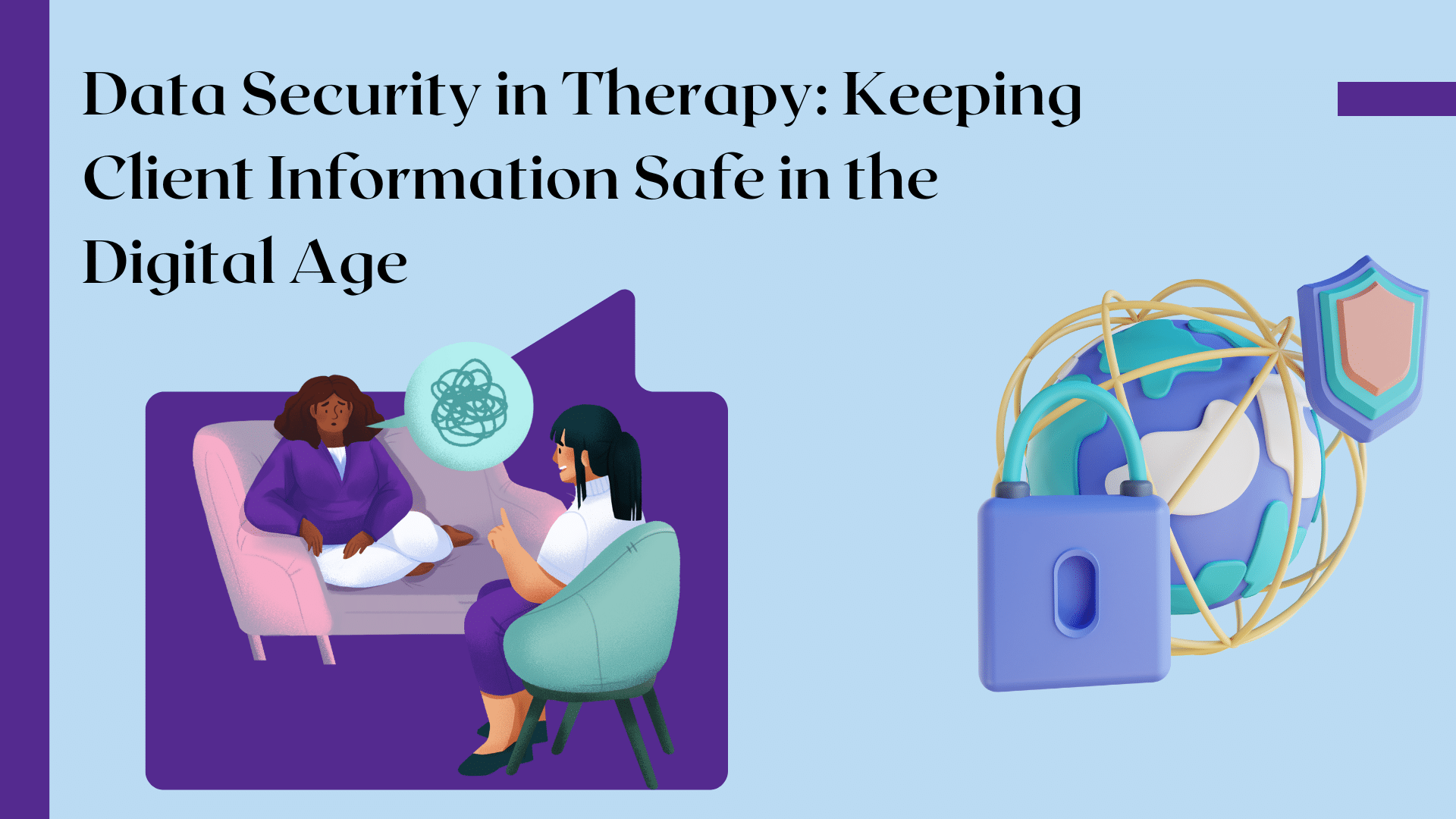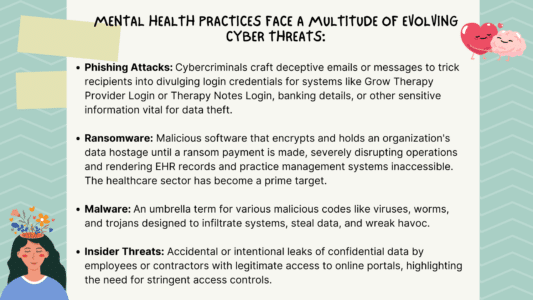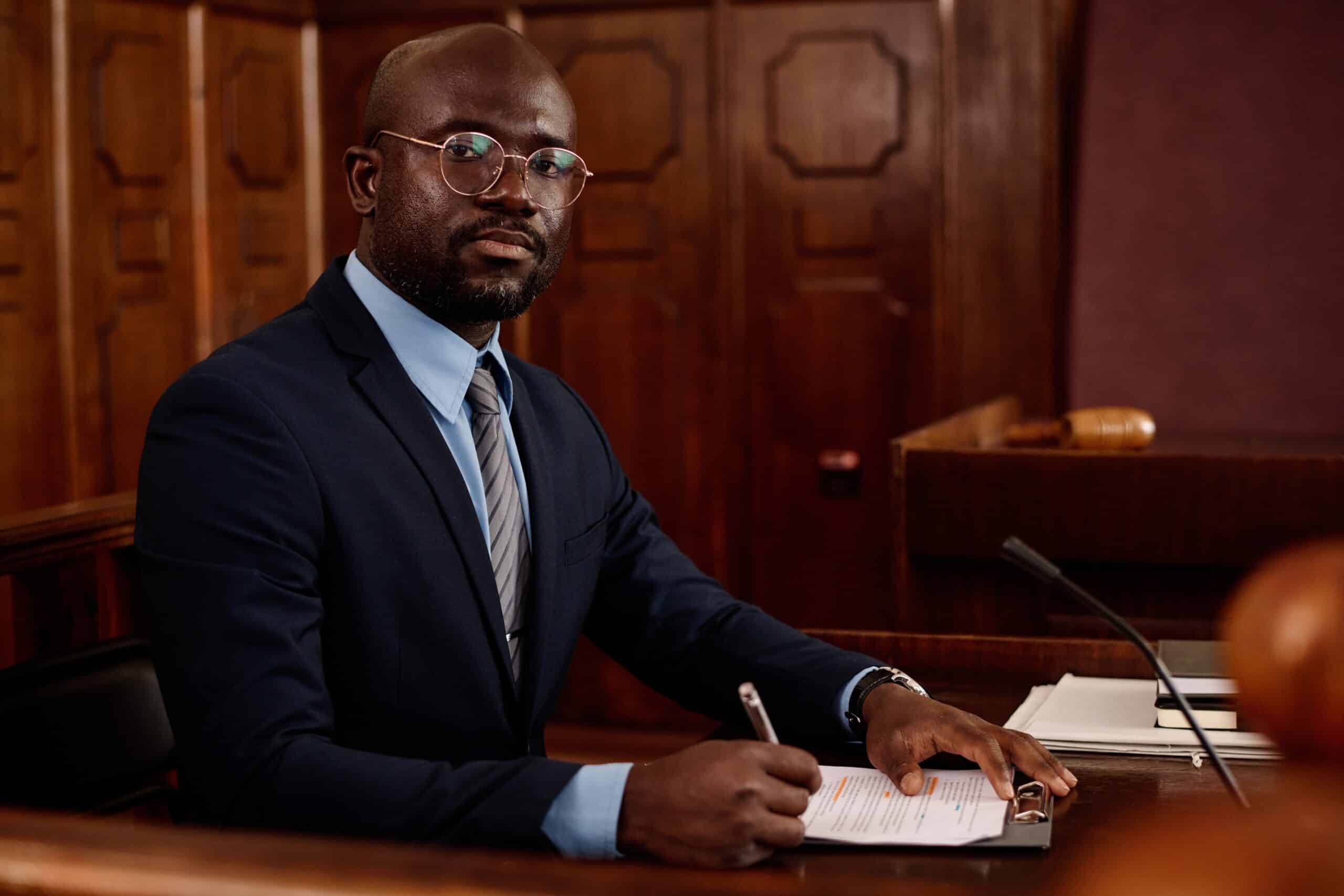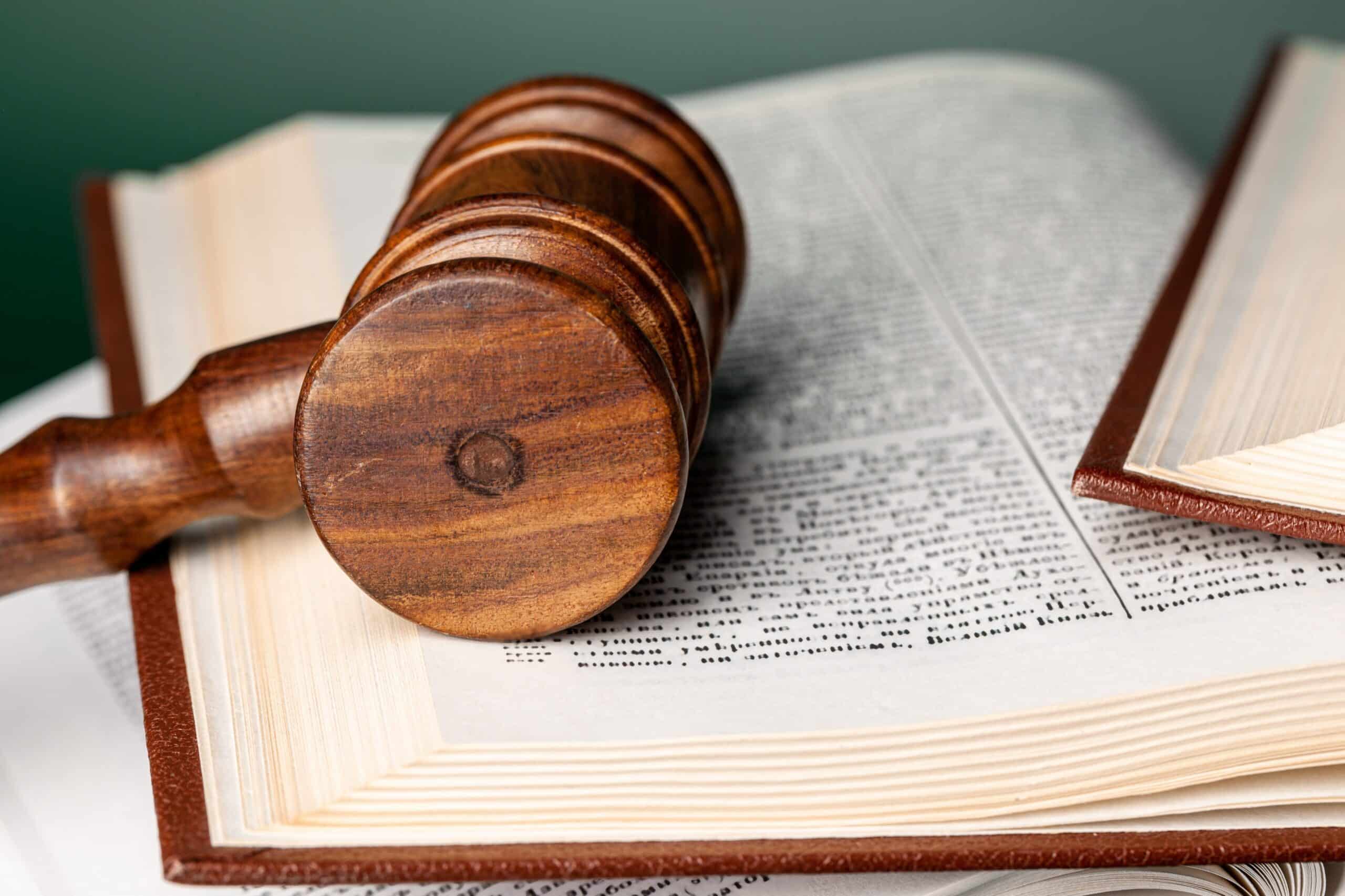Tripped Up in NYC? Know Your Rights After a Sidewalk Accident – Guest Post

It might have happened that a damaged sidewalk led to a personal injury for you in NYC. Or you might have seen someone get injured when passing through a damaged pathway. This might result in minor wounds like a bruise or a scratch. It may also cause major injuries like fractures, sprains or strains.
Who is responsible for these injuries? Can you hold anyone responsible for your injuries? What legal actions are you able to take in response to the sidewalk accidents? In this blog, you will get the proper answer to all these queries.
What are the Common Reasons for Sidewalk Injuries in NYC?
A perfectly aligned sidewalk with no damaged paves or broken curbs is the safest path to walk for pedestrians. Conversely, a damaged sidewalk causes walking difficulty for people and may even cause them to trip and fall.
The following are the reasons that cause sidewalk injuries:
- Damaged or Broken Sidewalks: The cracks and holes in the sidewalks caused by wear and tear are a common cause of injuries.
- Snow or Ice Accumulation: The snow or ice is not removed and gets piled up on the surface of the pathway.
- Litter and Pebbles: The litter or the pebbles from the broken parts of the sidewalk may be spread on the pathway.
- Water Pooling: The water gets filled up in the holes or slopes of the sidewalks.
- Root Barriers: The overgrown roots of the trees create a slope on the sidewalks or break the pavers and slabs.
If the sidewalks are properly maintained and repaired from time to time, there will be a high risk of sidewalk injuries. DIY is employed for the minor cracks and holes in the sidewalks.
But for a flawless and quick repair, it is much more convenient to hire a licensed sidewalk contractor. Sidewalk Repairs Manhattan uses the most advanced techniques and tools to repair and replace your broken sidewalks.
What is the Premises Liability Law for Sidewalk Injuries?
Before we move further, let’s understand the premises liability law. According to this law in NYC, the landowners are responsible for any injuries caused to you due to improper safety conditions or negligence in maintenance on their property. Since sidewalks are the property of landowners, they are responsible for any minor or major sidewalk injuries.
Can You File the Case for Sidewalk Injuries?
Invitees (like a friend or a family member), licensees (like a salesperson or a state officer intended to visit the property for some personal purpose), and trespassers (who are using the sidewalk as a path) are allowed to file a case for sidewalk injuries. So, if you are any one of these, you can definitely file a case against the person who owns the property around which the sidewalks are located.
Who is Responsible for Your Sidewalk Injuries?
According to the laws of the New York Administrative Code, the owners of the property are the direct entities held responsible for any sidewalk injury. The property owners of the houses adjacent to which the sidewalks run. Secondly, the business owners are held to be the culprits who own the business areas with their sidewalks.
The indirect entities responsible for the sidewalk injury are the municipalities. The next are the sidewalk contractors, who carry out the construction and sidewalk repair.
Compensation for Sidewalk Injury Through Premises Liability Case
If you have suffered injuries from the sidewalks, you can file a premises liability case. This is your legal right in New York. Under this, you can ask for compensation for the following:
1. Bills spent on Medical
You can ask for the costs that you spent on the doctors, pharmacy, any surgery or mental and physical therapy.
2. Income or Wages Lost
If you lost any source of income due to the injury, or if the wages that you failed to receive due to the injury can be claimed,. Any loss made to your business can also be added.
3. Pain and suffering
You can also ask for compensation for the pain and suffering you are suffering owing to the sidewalk injury.
How to Ensure Success in Your Premises Liability Case?
Don’t be fooled by the initial impression, winning a sidewalk injury lawsuit against a property owner requires careful planning and execution. Every step matters!
Here’s where a personal injury attorney steps in as your champion. They understand the intricacies of premises liability cases and will fight for your rights. They’ll gather powerful evidence like photos of your injury, videos of the fall, and witness statements
Additionally, they’ll work tirelessly to recover your financial losses and medical expenses, battling insurance companies to maximize your compensation.
Remember, the clock is ticking! You typically have 3 years to file a sidewalk injury lawsuit. Don’t delay, and contact a trusted and experienced injury lawyer today to get started.









